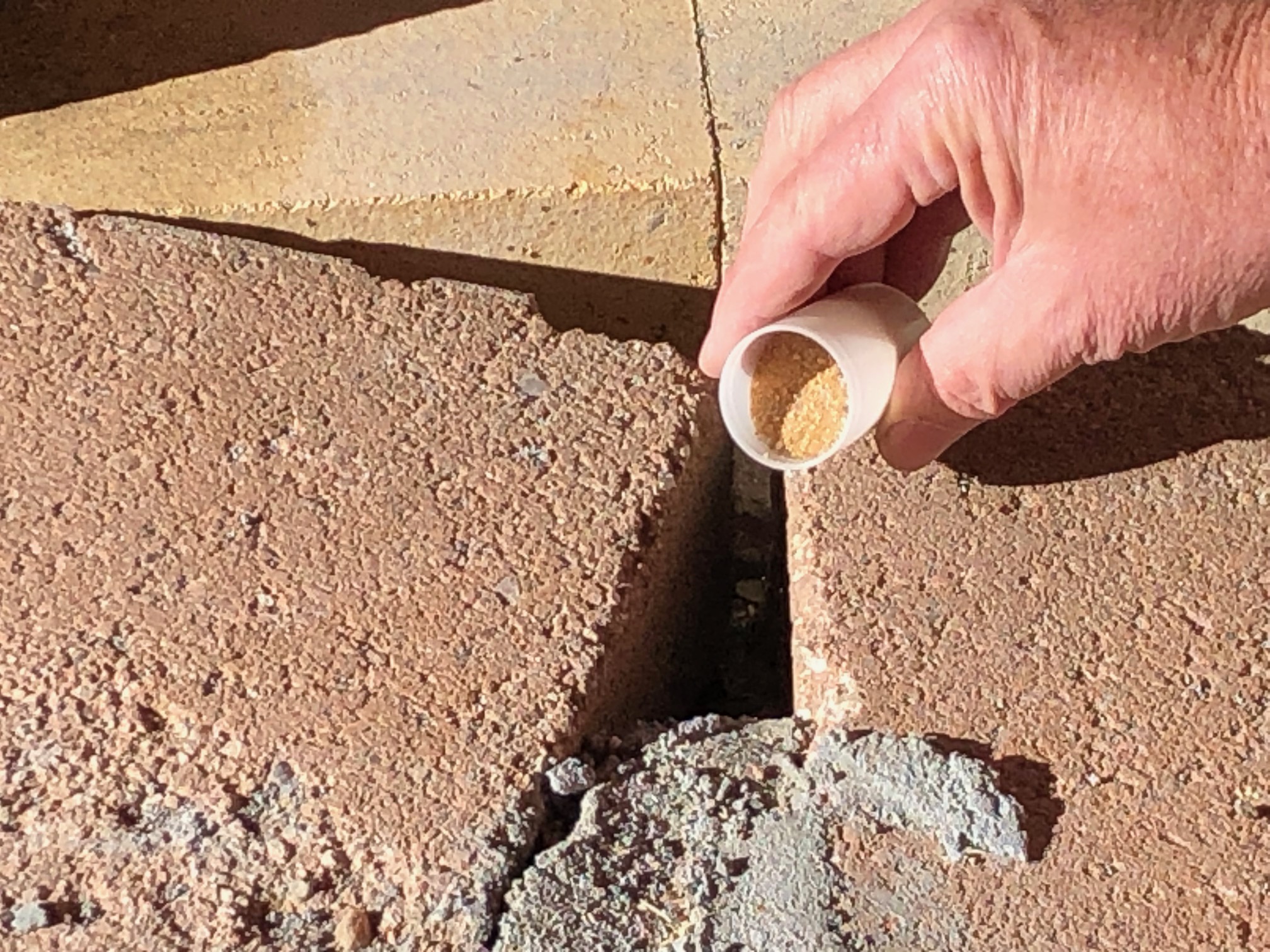“Matter can neither be created nor destroyed.
It can only be rearranged.”
—Law of Conservation of Mass
For a long time, I collected dirt.
OK, maybe not the coolest collection, but dirt has memory, and the ability to lose its shape and re-constitute elsewhere. The Bible tells us that we began as dirt, and that we must eventually return to being dirt. And it’s everywhere.
The habit began in my youth. In special places, I’d scoop up a little sand, some pebbles, or a spoonful of soil as a memento— maybe the Little Big Horn, an Irish cemetery, or a baseball park. I kept my dirt in pill bottles or little plastic film canisters, labeled and dated. Mementoes not so much of the history that happened there, but my own personal history. Maybe great people and great events made the place important, but my presence merely made it personal. Like Kilroy, I was there.
Keepsakes are memories wrapped in an object. Like old photographs, we amass these … things … to inspire a future reaction in our hearts. People die and, after a while, we begin to forget how they laughed or spoke or even looked like without little reminders. So, we create ways to remember things that don’t always come back to mind naturally. Who among us doesn’t wish we could have bottled the smell of our grandmothers’ biscuits or the taste of our first kiss so we might relive them before we die, if only in our minds?
Eventually, I put those little bottles away in a box on a high shelf, rarely seeing or adding to them. Ah, but those things I put on my shelf rarely return. New dirtworks occupy me, like the casita we are building on a big, dusty, open patch near the main house for family and friends who visit. Whatever memories my dirt collection held would eventually lose their place, and that connection between my heart and the real world slipped away.
Until now. One night not long ago, I dreamed of my dirt … and the casita.
The next morning, I rummaged around in old boxes that had been moved and moved and moved again for many years to many new homes and many new beginnings. After a while, I found my dirt. As I examined each little vial that had once been in my pocket at the OK Corral, the Sahara, or Mount St. Helens, I felt a sense of history. I was there.

Casita’s unfinished kiva fireplace
Later, I walked through our unfinished casita and lingered at the half-mortared bricks of its kiva fireplace. In coming days, gaps and crevices would be sealed up and plastered smooth, but for now, they simply let the mortar inside breathe. I had an idea.
I gathered up my pill bottles and film canisters full of dirt and took them to the casita. There, I opened each one and dumped it into the crannies of the hearth.
Here was some infield dirt from the inaugural season (1995) of Denver’s Coors Field … some stones from poet William Butler Yeats grave in County Sligo, Ireland, where I was researching a novel I never wrote in 2000 … roadside dirt from the precise spot near Gibsland LA where Bonnie & Clyde were gunned down in May 1934 …
Then some home hardened Hurricane Katrina muck from a Lake Pontchartrain levee … Bits of asphalt from an abandoned Route 66 bridge near Seligman AZ, collected while I followed Route 66 for a Denver Post story … Sand from the OK Corral in Tombstone AZ, from the general spot where Wyatt Earp supposedly stood during the famous shootout … dirt from the place where John Wilkes Booth died in Virginia, collected while working on my book Outlaw Washington DC … Sahara sand, collected near El Alamein, Egypt, while I was in the Middle East covering the run-up to the Afghan War after 9/11 …

I poured in salt from the famous underwater Spiral Jetty at Rozel Point in the Great Salt Lake, an artwork which re-emerges only during intermittent droughts … and some bloodied sand from the bull ring in Pamplona, Spain, made famous by Hemingway.
Some of my dirt had a deeper meaning to me, even though it didn’t necessarily come from places where great events had once happened.
Here was black sand from the Panamanian beach where my biological vagabond-father Thom Lane once lived. Next was dirt from the banks of the Black River, in the Yukon Territory above the Arctic Circle, where my son Matt and I spent the longest day of the year—when the sun never set—on June 21, 2007. And here was tundra soil from the hole where we buried our personal time capsule in the Arctic … dirt from the front yard where I played as a child.
There were more little bottles, more dirt from many more places, and it all went into the hearth. A few days later, all the chinks and clefts were sealed up by the builder, and the dirt was locked inside forever. Memories all mixed up, safe and warm.
And long after I’m dust, my dirt—my memories—will be there, safe.
